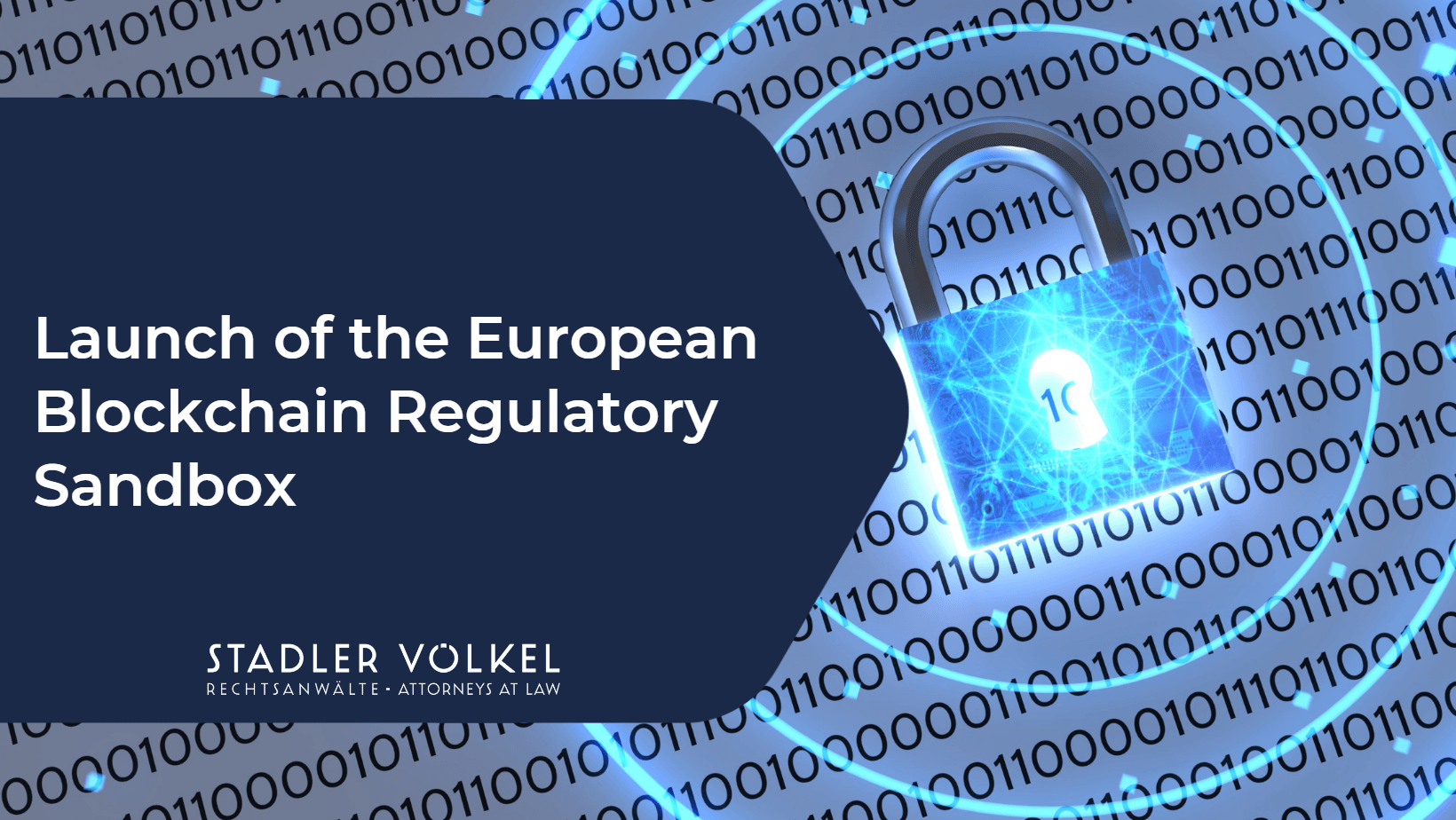
The first regulatory sandbox was developed in the UK back in 2016. It was a tool of the Financial Conduct Authority (FCA) with the aim of opening up the dialogue between innovative companies and regulators. The FinTech sector is subject to particularly strict regulatory requirements, and it is often unclear to companies which regulations apply to their business model. In order not to stifle the innovation potential of such companies by rigid punishment on the part of the authorities, more and more countries have set up regulatory sandboxes in their administrative apparatus. This allows innovative business models to be tested in coordination with the authorities while complying with regulatory requirements. Since 2020, Austrian FinTechs can apply for inclusion in a Regulatory Sandbox of the FMA. Regulatory sandboxes are administrative instruments that are used in more and more areas of law, for example in energy law and in the regulation of artificial intelligence. The focus is always on the promotion of innovative products, services or companies with the involvement of the competent authorities. By means of Regulatory Sandboxes, all parties involved (i.e., the companies and the supervisory authorities) should learn about the opportunities and risks of the new business models. For this purpose, the business models can be tested under real conditions for a certain period of time and in a safe framework. The findings from the sandboxes will ultimately be used to create regulatory frameworks that are open to innovation without neglecting consumer or environmental protection standards.
Since the introduction of Bitcoin, interest in the underlying distributed ledger technology (DLT) has been growing steadily. DLT not only promises to disrupt the financial industry, it promises to bring new and disruptive applications to the FinTech sector as well. The EU legislator has taken actions to position itself as an attractive business location for new developments in the technology sector. In order to test the DLT innovation on the European financial market, the DLT Pilot Regime Regulation was published in mid-2022 as part of the EU Commission's Digital Finance Package, which is applicable as of 23 March 2023. The Pilot Regime is intended to test market infrastructures adapted to DLT and thus enable trading in financial instruments based on DLT. Due to their decentralization and the associated advantages, blockchains and DLT are not only usable for financial services. In order to promote DLT infrastructures and create geographic advantages in Europe, the European Commission and the member states already established a basic structure for new application possibilities of DLT and blockchain at the European level in 2018. To this end, the European Blockchain Partnership (now with 29 members) was established in April 2018 as a collaborative project to leverage the benefits of DLT. This initiative of the Commission is part of the funding program "The Digital Europe Program", which is aimed at bringing digital technologies to the general public, companies and also to public administration. To enable the practical use of DLT on a European level, the Commission and EBP have established the European Blockchain Services Infrastructure (EBSI). EBSI is operated through a peer-to-peer network of nodes distributed throughout Europe to enable applications across national borders. The goal of this venture is to enable cross-border services through the use of a blockchain-based service infrastructure. It is intended to verify information and make services trustworthy. The following are examples of the possible applications to be supported on the pan-European blockchain:
On 14 February 2023, the Commission announced the launch of the European Blockchain Sandbox. Synergy effects are expected through the inclusion of projects from private organizations (including startups and scale-ups). Indeed, there is an opportunity to reduce costs by increasing the efficiency of interactions between public and private sectors.
The Sandbox will initially operate for 3 years, i.e. until 2026, and will host 20 use cases per year from private and public organizations. The selection process to include projects in the Sandbox will be supervised by an independent committee of experts. Importantly, the European Blockchain Sandbox is not limited to FinTech use cases. Therefore, applications from other disciplines such as medicine or logistics can also be tested. Initial applications for inclusion in the European Blockchain Sandbox for this year can be submitted to the Commission until 14 April 2023. The prerequisite for application is the existence of a legal entity with its registered office in the EEA. Therefore, decentralized automated organizations (DAOs) that are not affiliated with any legal entity cannot be participate in the Sandbox. The application must be accompanied by a proof of concept, which should be cross-border in nature. The project must involve the use of DLT and already be close-to-market or at an early stages of being operational. In addition, the most innovative Sandbox participant will receive a prize. The selection and inclusion of a project in the sandbox depends on the stage of development of the project and the importance of the legal issues arising from the project.
The goal of the European Blockchain Sandbox is to create legal certainty for all stakeholders and to open an extended dialogue between regulators and companies. Innovators are supported and stimulated in their projects by the provision of EBSI. The central advantage is the written, legal evaluation of the recorded project by the regulators. In addition, two virtual meetings are held with the respective regulators, which contributes to the legally secure development and implementation of the project. Especially for DLT pioneer projects, which affect several regulated areas, the European Blockchain Sandbox offers a framework to test their innovative solutions and to outline which regulatory framework is necessary for the exercise. In addition, participation can leverage networking effects across Europe. As a law firm with years of experience in the blockchain field, we are happy to advise and assist you with regulatory issues and the application of your project for the European Blockchain Sandbox.Oliver Völkel | Maya Kindler